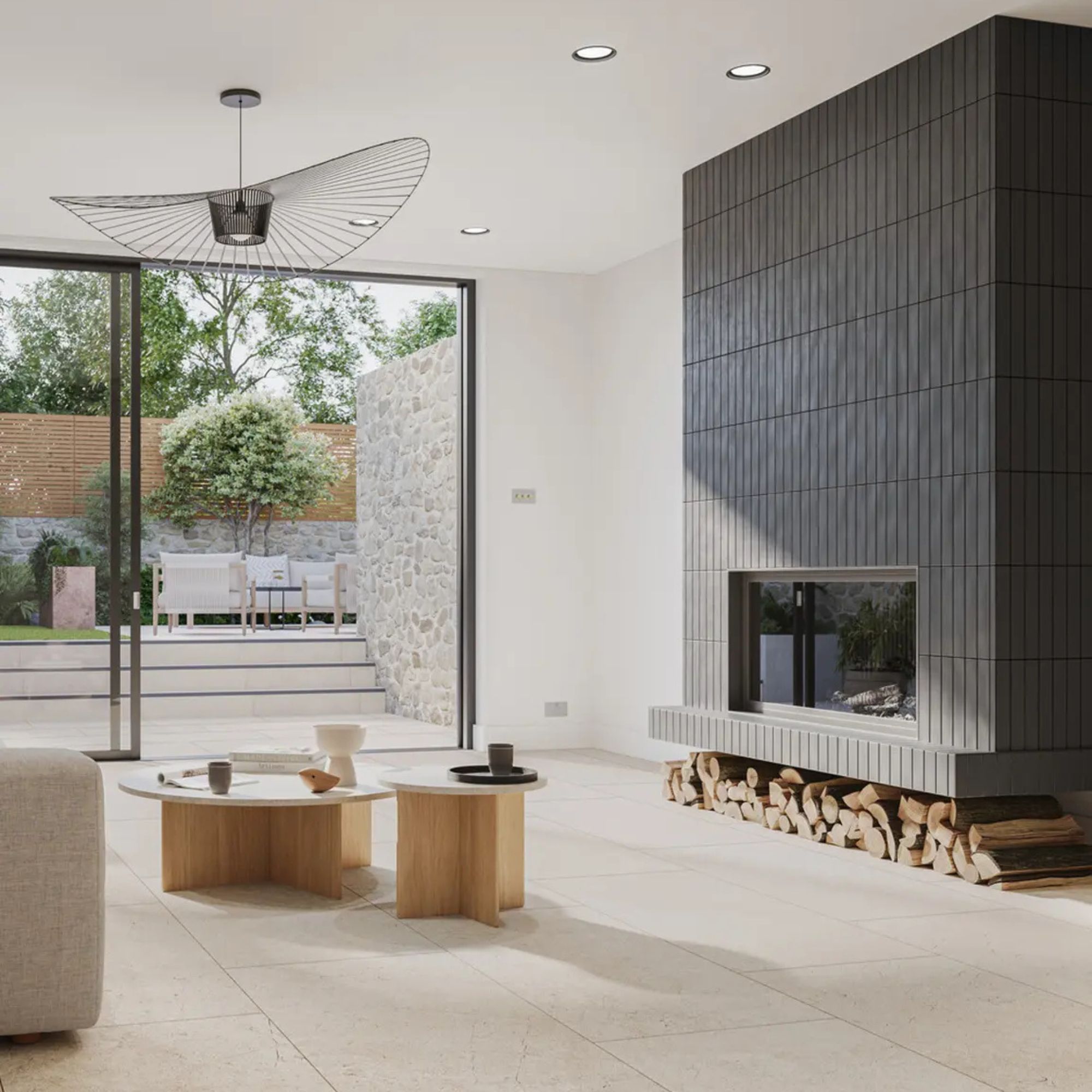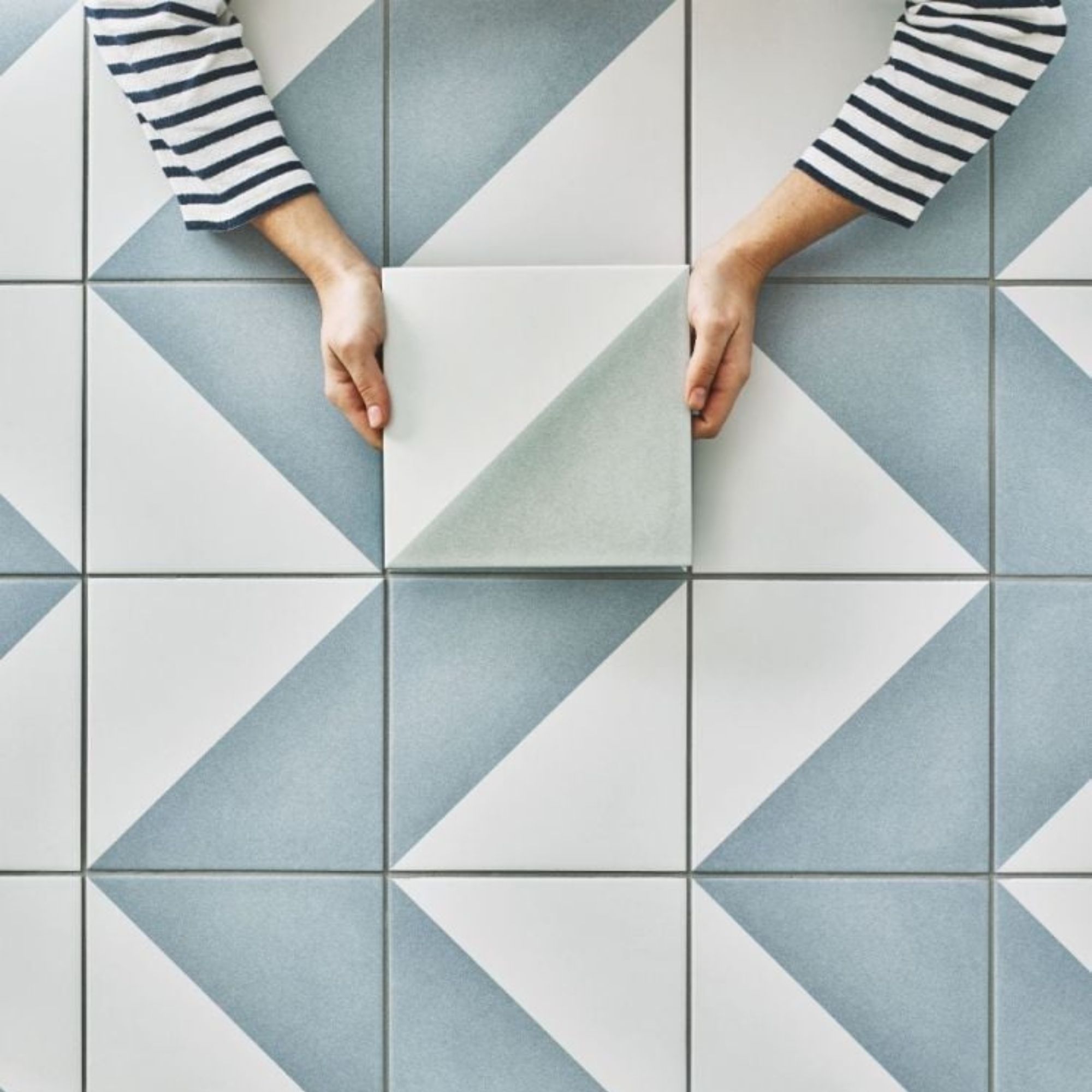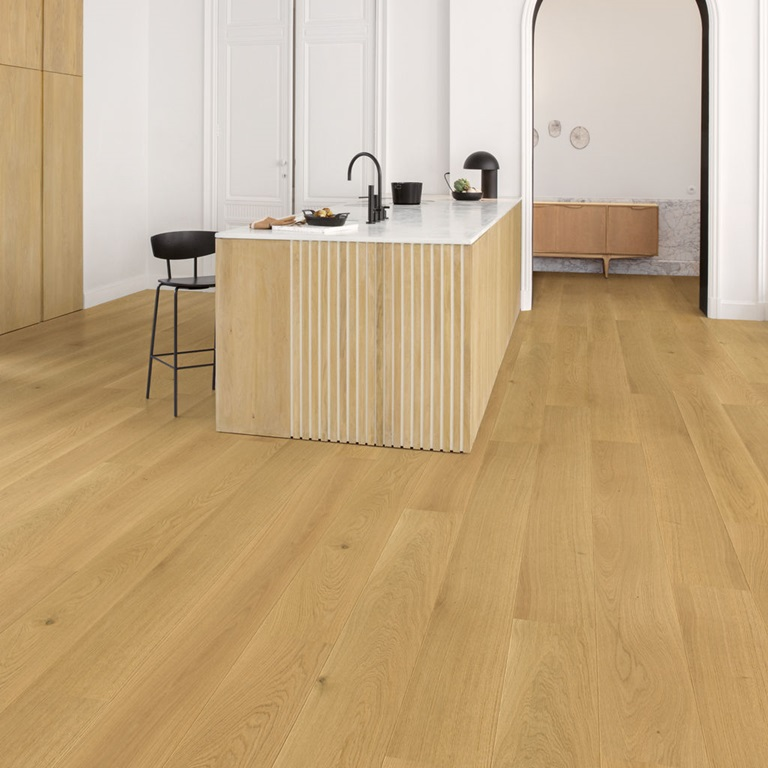Forget What Color You Paint the Walls, It's the Flooring That Does the 'Quiet' Work in Making Your Room Feel Bigger — Here's How
Want to make your space feel more expansive? Start from the ground up — here’s which flooring creates the illusion of extra square footage

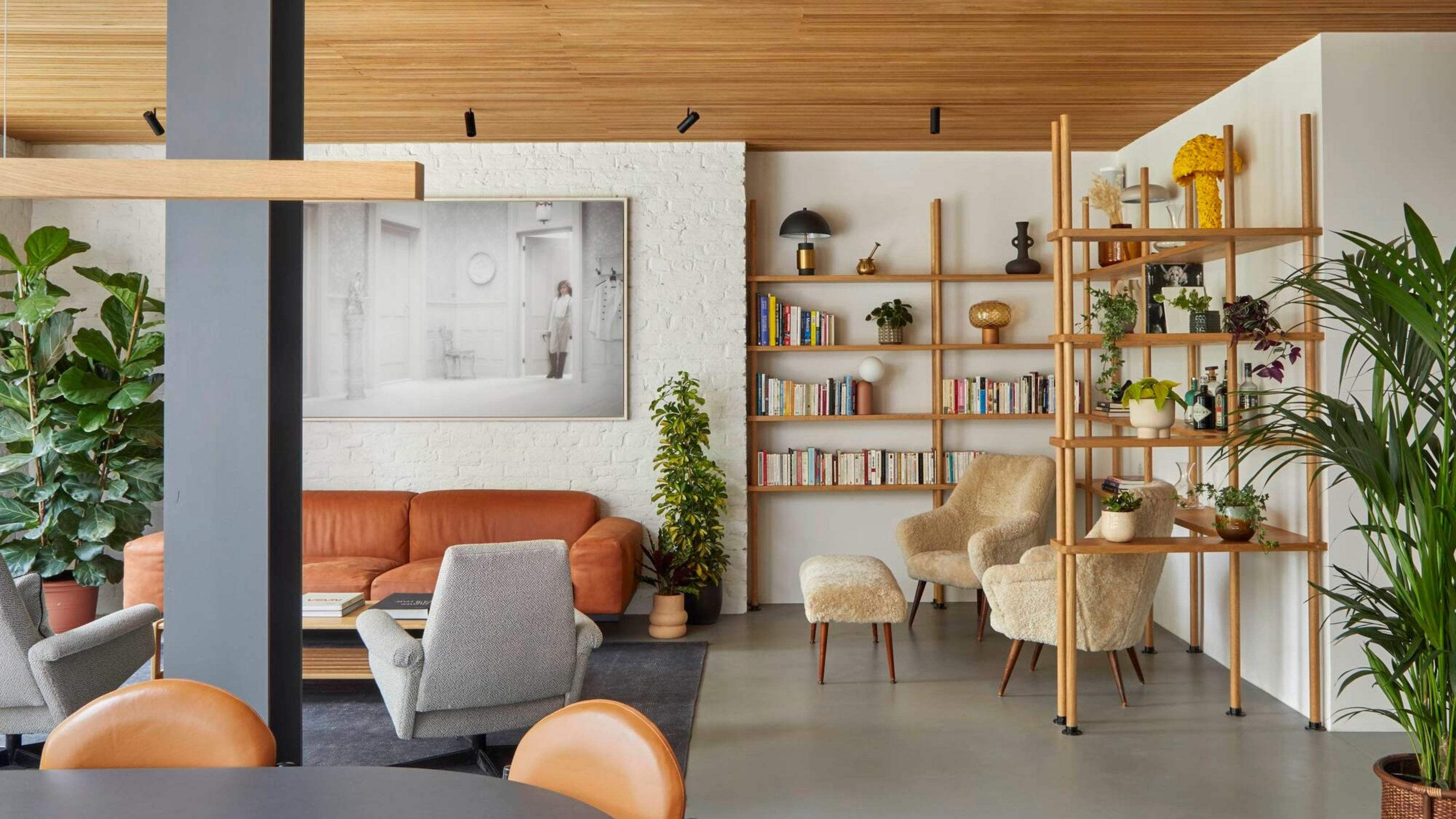
Whether you’re walking on sleek marble slabs or rustic timber boards, flooring is the foundation that underpins every room, and top interior designers are increasingly using it to make more compact spaces feel bigger and more open. “Flooring can do a lot of the quiet, behind-the-scenes work to open up your interiors,” confirms Ali Childs from Studio Alexandra.
And it's about more than just knowing the flooring trends. To create the illusion of extra space, it’s not as simple as choosing a certain carpet over a specific tile. While the right surface can alter how light bounces around a room and help blur visual boundaries, color, pattern, and even the way flooring is laid all affect our perception of space, too.
As I asked interior designers and industry experts which flooring makes a room feel bigger, one thing was clear: lighter colors and matte finishes are key, but they’re definitely not the only factors to consider. Looking to make your space look and feel more expansive? Here’s how to do it with your flooring.
So, How Do You Make a Room Look Bigger With Flooring?
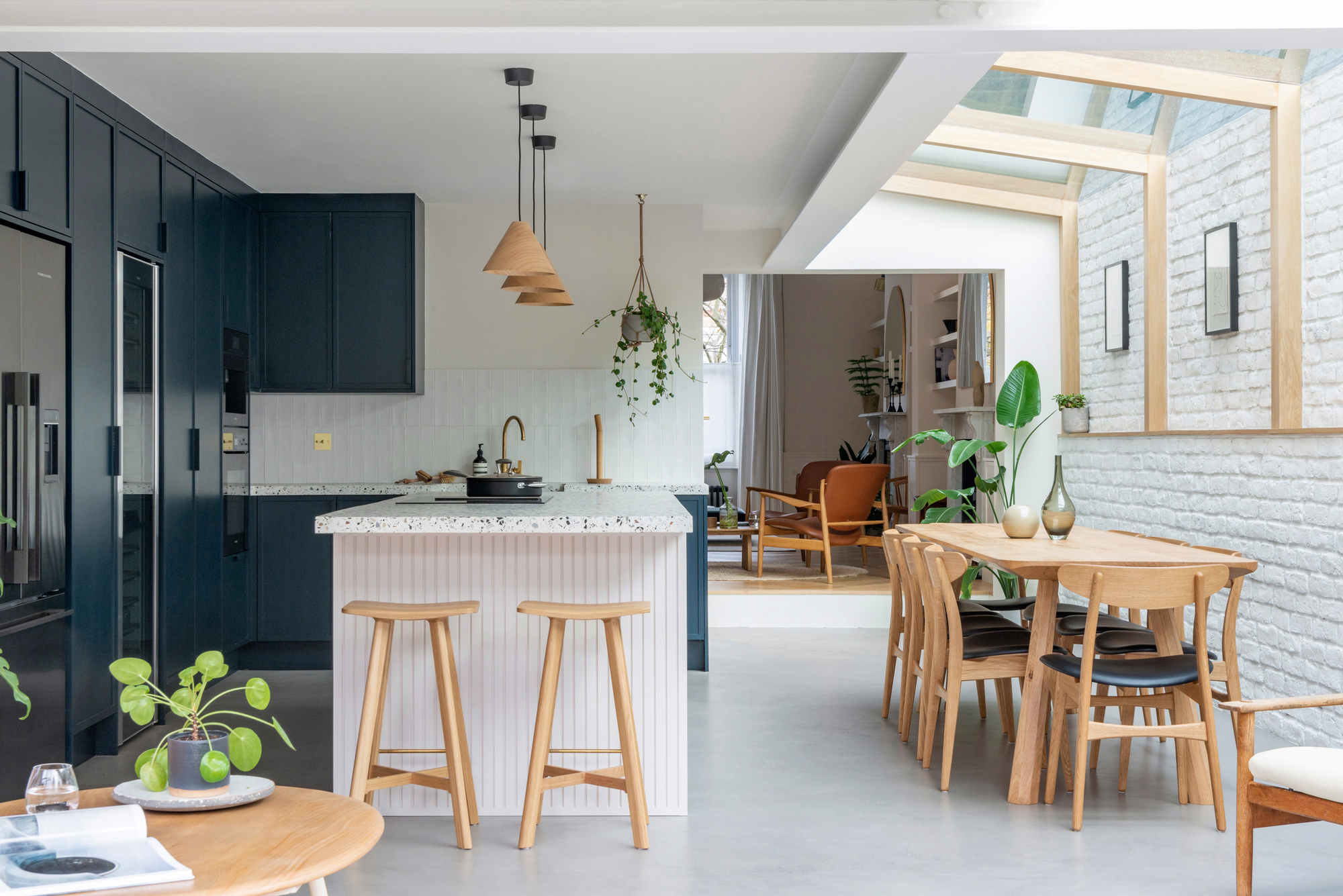
The best way to make a room feel bigger is to avoid visual barriers, making more seamless types of flooring an excellent choice. “We often opt for concrete floors as they stretch across a space in a continuous sweep,” explains interior designer Stephen Nash from London-based studio All&Nxthing. “That lack of interruption really helps to visually open up a room, making it feel broader and longer.”
It’s best to avoid narrow strips of timber and small stone tiles, which tend to have lots of joins and grouting. “When the floor feels like one interrupted plane, it sets a clean, unified foundation for the rest of the scheme,” Stephen says. “This is particularly transformative in tighter layouts, where you can trick the eye just by eliminating visual clutter underfoot.”
Stephen founded his own studio back in 2015, focusing on contemporary projects that are “stripped back, material-led and quietly bold.” He often works in smaller spaces and is known for taking a sustainable approach to design.

“Fewer grout lines mean fewer visual breaks,” agrees Romanos Brihi, co-founder of Studio Vero. “Using fewer tiles also allows you to invest in something more premium underfoot. In this kitchen [shown above], for example, we used large-format Calcutta Oro marble tiles to instantly open up the space.”
“This is an important design trick, especially for open-plan spaces where visual continuity is key," he adds. "Here, the marble runs seamlessly across the flooring, countertops, and backsplash, and this material consistency removes barriers between zones while adding polish and cohesion.”
The Livingetc newsletters are your inside source for what’s shaping interiors now - and what’s next. Discover trend forecasts, smart style ideas, and curated shopping inspiration that brings design to life. Subscribe today and stay ahead of the curve.
It's clear it's not as simple as calling carpet, tiles, or timber the answer to what flooring makes a room look bigger. It comes down to the details — the specific finish, pattern, and color of whichever flooring you choose. So below, I've broken each element down in detail.
What Flooring Finishes Make a Room Feel Bigger?

While glossy tiles and dark-stained wood can set a glamorous tone in a space, they’re sadly not the best option for making rooms feel more expansive. “Light, matte surfaces soften and diffuse light more evenly,” explains Isabel Fernandez from Quorn Stone.
“Matte tiles, in particular, have a wonderfully understated quality that works well in smaller or more light-sensitive spaces,” she says. “Unlike high-gloss finishes, which reflect light in a more directional way, they reduce glare and allow the eye to move across a space without interruption. This blurs hard lines and helps to create the perception of a more open, flowing interior.”
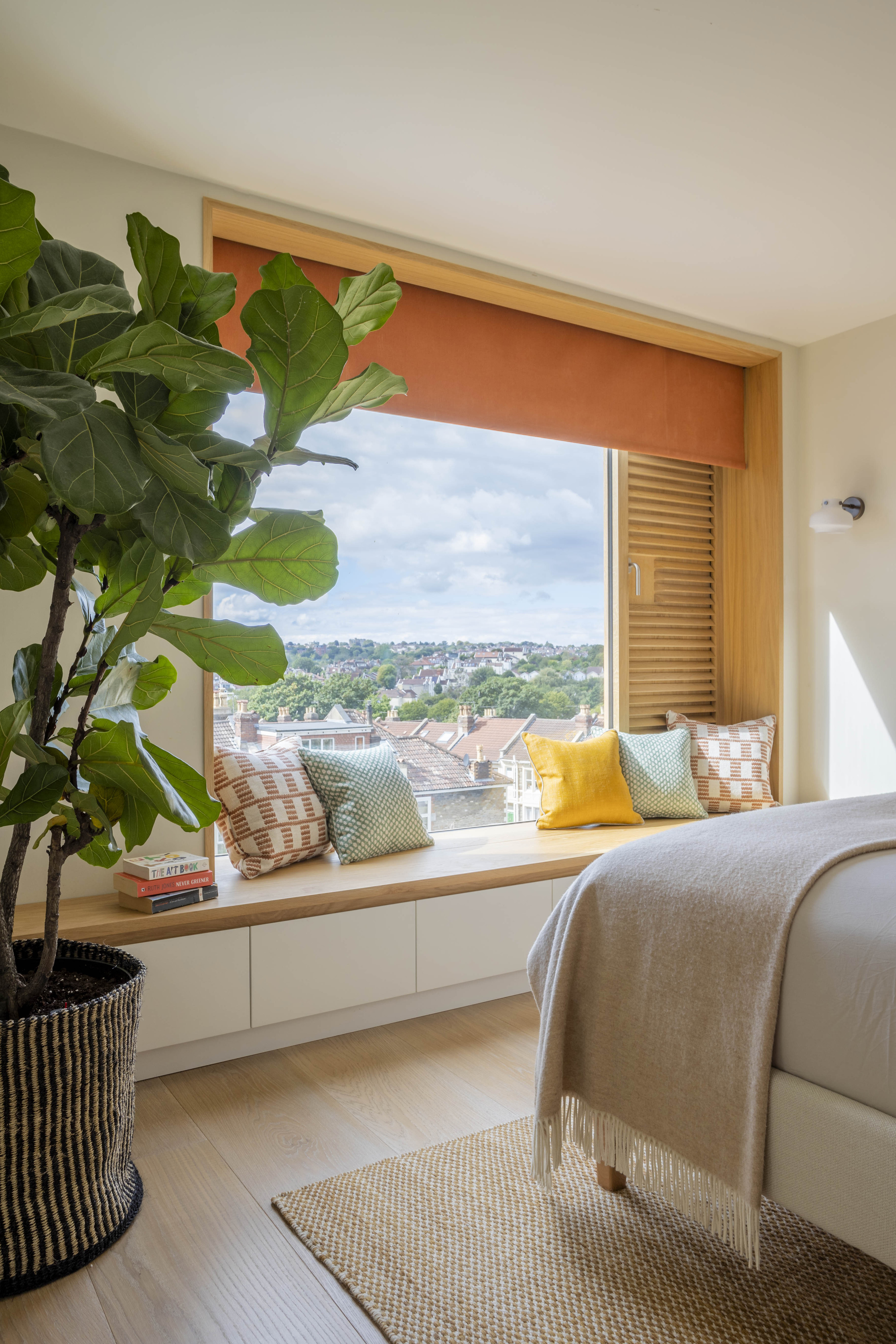
“Opt for European oak in pale finishes to make a room feel more spacious,” suggests Ian Tomlinson from Chaunceys Timber Flooring. “Ash and Douglas Fir are also excellent options for creating a clean, open look, with their natural grains adding warmth and character without disrupting the flow of a space.”
Darker stains, on the other hand, absorb light rather than reflect it, which can make a room feel more closed-in. “Lighter finishes help to bounce daylight around and create an airy look, which is key in more compact rooms,” adds Ian.
What Flooring Patterns Make a Room Look Bigger?
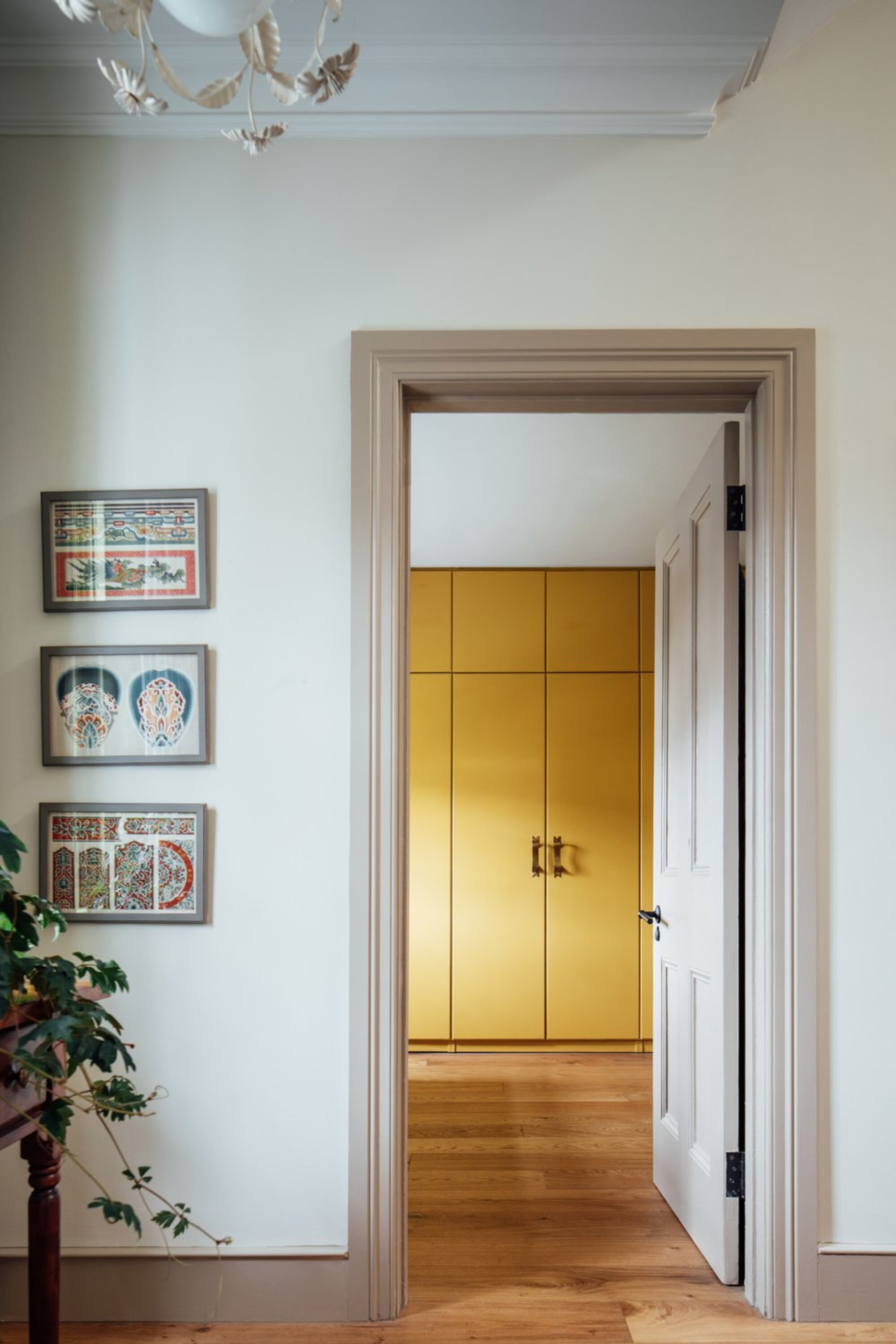
While herringbone and chevron-style wood flooring can look beautiful, they often make rooms feel busier, drawing the eye downward rather than across. Long, wide wooden planks, however, are perfect for creating the illusion of space.
“Laying floorboards vertically naturally leads the eye forward, drawing you into a space, and making even modestly sized rooms feel longer and more open, as though they are unfolding in front of you,” says Ali Childs, founder of Studio Alexandra.
“Longer planks create a cleaner, more refined look and reduce contrast,” she adds. “They create a sense of uninterrupted flow, and this contributes so much to a more expansive feel. To emphasize this, consider using the same material across your floor plan and make different rooms feel like one coherent, expanded whole.”
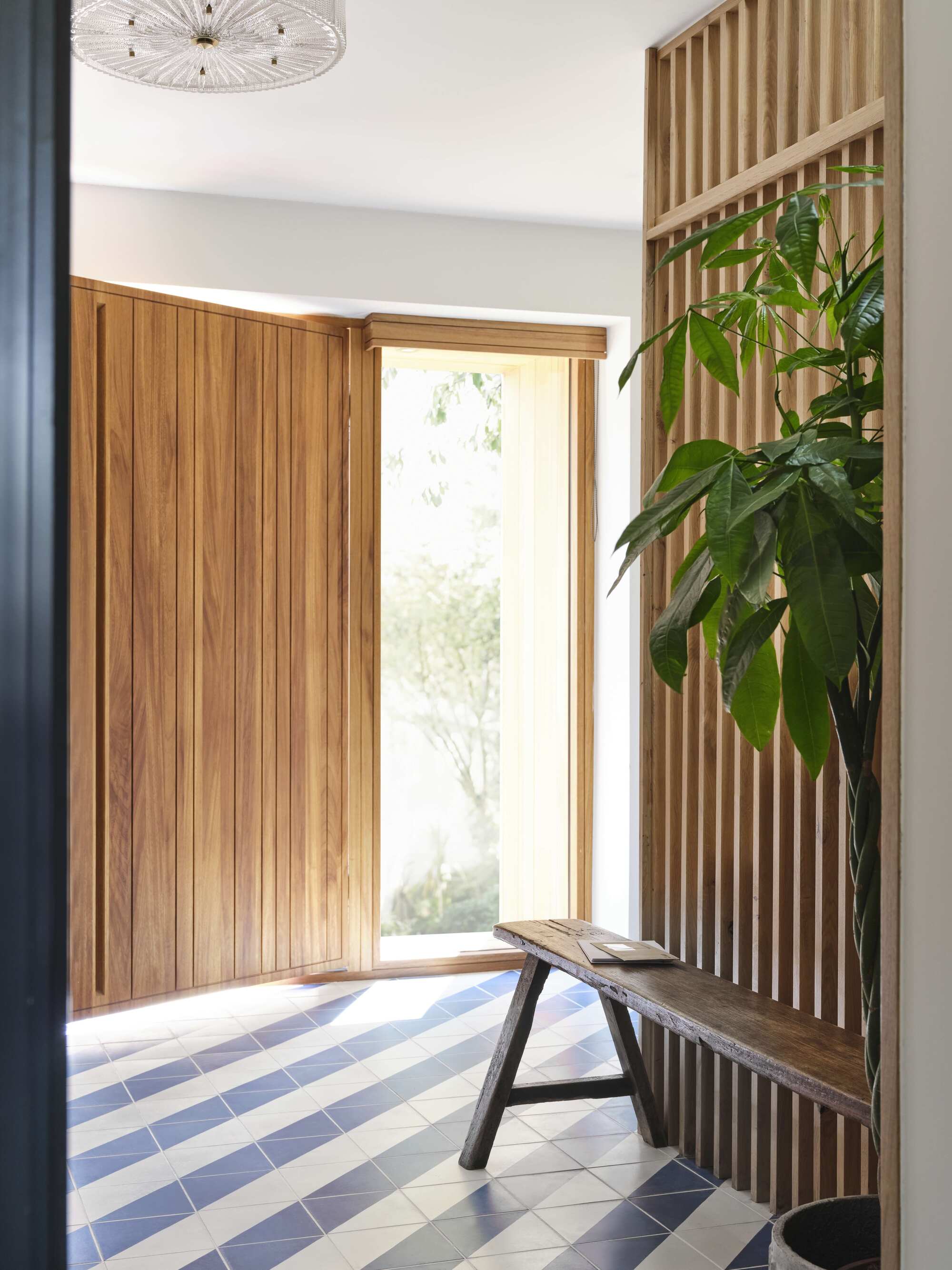
Diagonal floorboards and tiles can also trick the eye into thinking a room is bigger, with the lines cleverly contrasting in a rectangular or square space to divert attention away from the walls' fixed boundaries. “It’s all about creating an unexpected visual flow,” explains Lee Thornley, founder of tile brand Bert & May.
“Use a diagonal pattern to draw the eye along the space, which is a great trick for making a foyer feel bigger and much less narrow,” adds Lee. “Using tiles is also an excellent way to add personality and make spaces look brighter as well as more spacious.”
What Flooring Colors Make a Room Look Bigger?
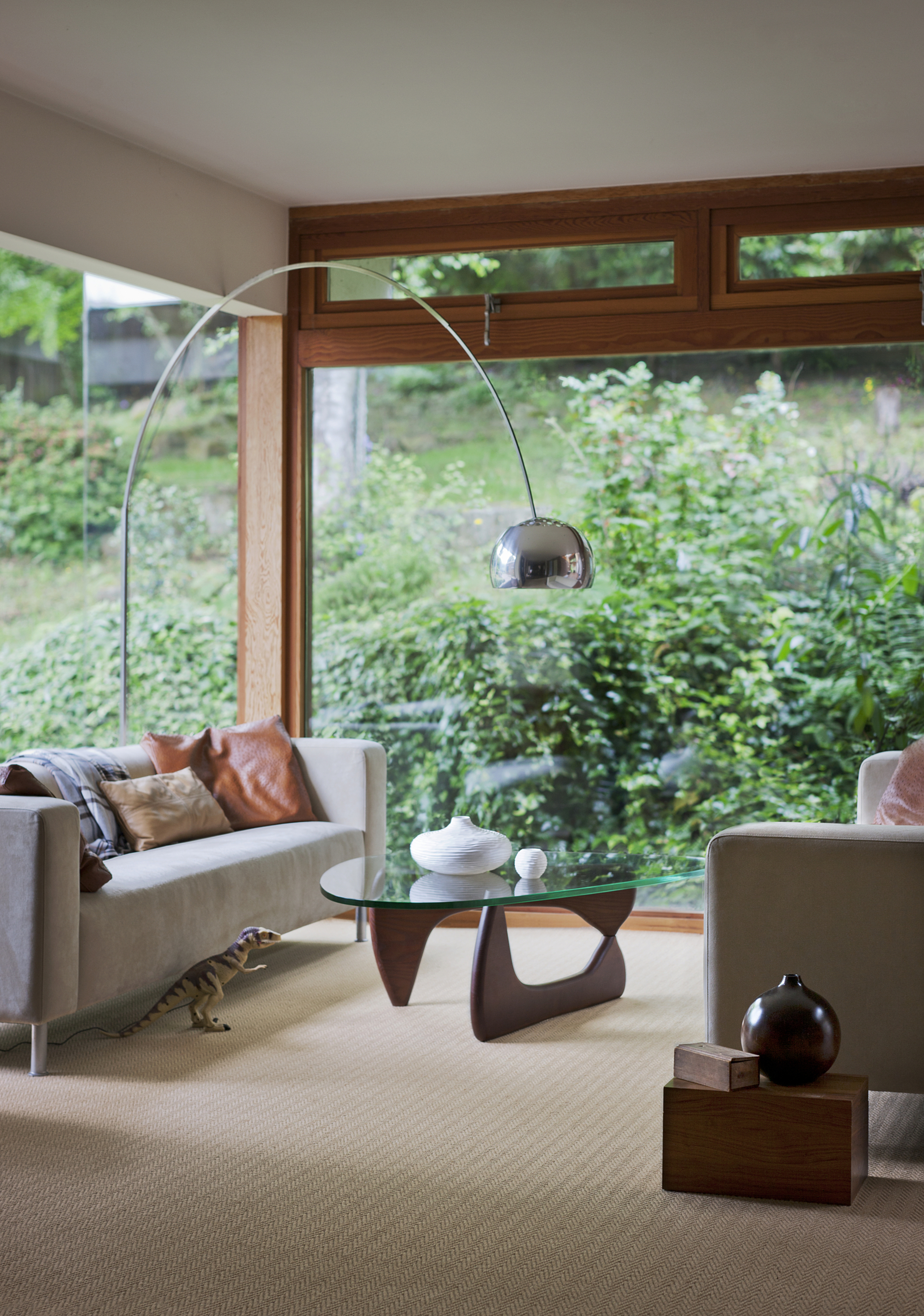
When it comes to making a room feel bigger, carpet is anything but just a soft option. The important thing is the carpet color.
“The color of your flooring significantly impacts the overall feel of a space,” explains Kirsty Barton from Alternative Flooring. “Light, airy shades make a room feel larger while darker ones will make it feel much smaller and more snug.”
“Neutral colors like cream, beige, and pale gray, on the other hand, create an uplifting look that reflects light and creates the illusion of a bigger, more open space," adds Kirsty. "Carpet adds warmth and texture, but use it wall-to-wall to remove any potential visual boundaries.”

“Lighter colors create more flow and have a calmer feel overall,” confirms Studio Vero’s Romanos Brihi. “The crisp white tiles used in this bathroom help to draw the eye upward and create a cocooning, soft atmosphere that still feels airy.”
“Using paler colors can help to visually stretch a floor, as they tend to ground a scheme and reflect light. It’s all about balance,” he adds.
Known for his global approach to interior design, Romanos was born in London and grew up across Europe and the United States. He is known for creating layered, compelling spaces that elegantly embrace color and pattern. He is a patron of both the Serpentine Gallery and the Design Museum.
FAQs
Which way should you lay flooring to make a room look bigger?
To make a room feel more expansive, follow the direction of the longest wall within it –– running tiles and wooden flooring planks parallel to it helps to visually stretch out the dimensions.
In narrow spaces, consider a diagonal layout. This helps rooms to feel longer and wider because it draws the eyes toward corners rather than walls.
Should flooring be lighter or darker than furniture to make it look bigger?
Lighter. Pale-hued flooring fades more into the background, allowing it to appear more like open space rather than a visual feature in its own right. This allows for a more expansive look while allowing your furniture to take center stage.
It’s perhaps surprising the power that flooring has in making a room look and feel bigger. While paler colors and less reflective finishes might be important factors, the way the flooring is installed has a clear impact, too. (Though we do have a handy list of the colors that make a room look bigger, too.)
Looking to make the most of other compact spaces? Discover the top ten rules for decorating small spaces you need to know now.

James Cunningham is a freelance journalist based in London. He has written extensively on design and decorating for some of the UK’s leading publications, including House Beautiful, ELLE Decoration, and Country Living, and previously served as Homes and Gardens Editor at Good Housekeeping. When he’s not at his desk, James can be found globetrotting in search of good food, better wine, and the best architecture.
